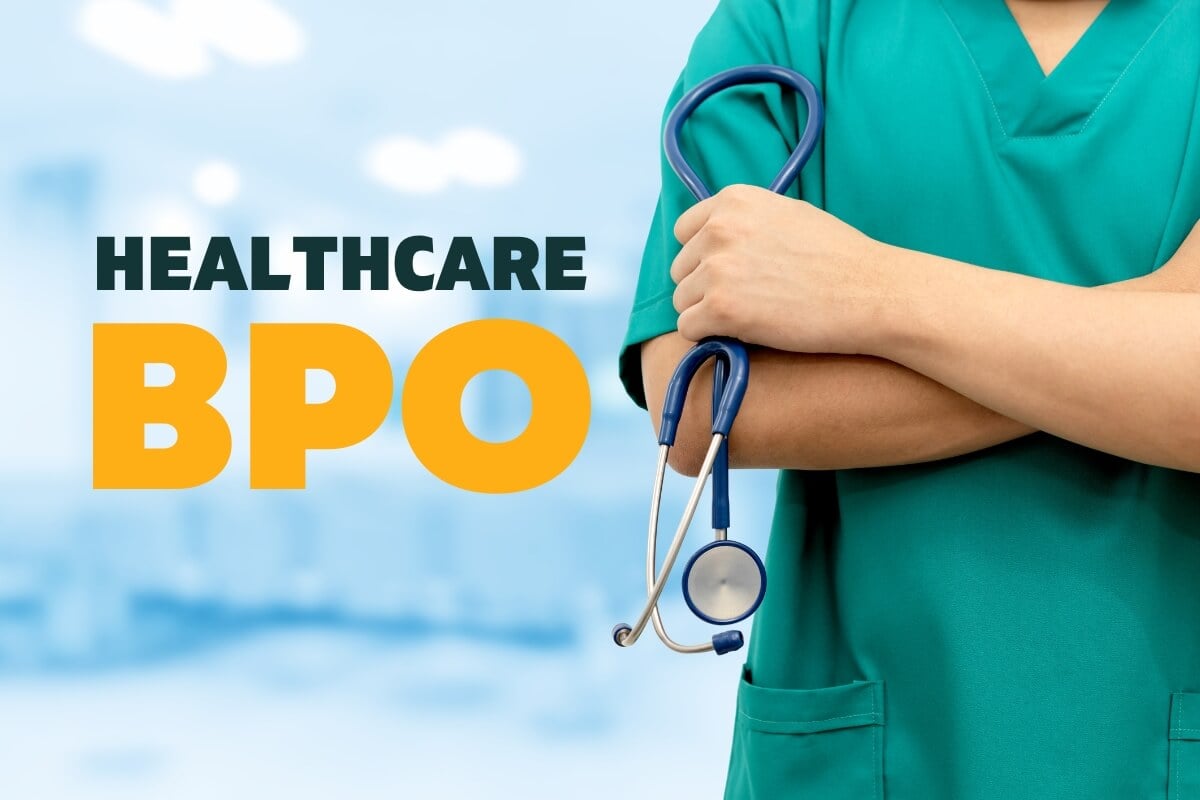Best Healthcare RCM Practices to Boost Functional Performance and Collections
Best Healthcare RCM Practices to Boost Functional Performance and Collections
Blog Article
A Comprehensive Overview on Exactly How Medical Care RCM Works to Streamline Invoicing and Collections
Navigating the intricacies of health care profits cycle administration (RCM) is vital for providers aiming to boost their invoicing and collections procedures. The guide unpacks the complexities of RCM, from client registration to balance dues administration, using insights into enhancing each action. Integrating sophisticated modern technology and standardized treatments can substantially minimize case denials and increase payment cycles. Yet, the real obstacle depends on perfectly combining these elements to boost capital. As we explore the core parts and techniques that drive performance, one question remains: how can health care entities best position themselves to flourish financially in an ever-evolving market?
Understanding Revenue Cycle Monitoring
RCM is an important administrative function that encompasses the entire financial process of patient treatment, from the initial visit setting to the final settlement of the balance. It is a complex procedure designed to recognize, accumulate, and manage the earnings from the services given to clients.
The RCM procedure starts when a client routines an appointment and prolongs with the client's care journey, consisting of billing and collections. An essential goal is to reduce the time in between giving a solution and receiving settlement, therefore enhancing the company's monetary health. RCM entails various features such as client enrollment, insurance coverage confirmation, charge capture, coding, declares entry, payment publishing, and taking care of denials and allures.
Trick Parts of RCM
In the world of Income Cycle Management (RCM), recognizing its crucial parts is essential to attaining monetary effectiveness within healthcare companies. RCM is a comprehensive process that includes numerous phases, each crucial to ensuring effective invoicing and collections. The key components include person enrollment, insurance verification, fee capture, coding, case entry, settlement uploading, and accounts receivable administration.


When coded, cases are sent to payers, where precision is critical to prevent rejections or delays - Healthcare RCM. Repayment publishing includes taping the gotten repayments, which enables the settlement of accounts. Last but not least, accounts receivable monitoring concentrates on monitoring and addressing unpaid claims, ensuring prompt follow-up and resolution
Each part of RCM is adjoined, and inefficiencies in any type of component can interfere with the entire cycle. For that reason, understanding these elements is crucial for doctor to maximize revenue and improve their monetary health.
Techniques for Effective Billing

Standardizing billing treatments across the organization is one more key method. Establishing clear guidelines for documentation, coding, and submission helps keep consistency and conformity with regulatory requirements. Educating personnel on a regular basis on these procedures guarantees everyone is current with the most current changes in payment codes and payer policies.
Accurate cost capture is crucial in preventing earnings leakage. Implementing normal audits and monitoring systems enables the identification and improvement of discrepancies before they affect earnings. Furthermore, maintaining open lines of communication with payers aids to rapidly deal with any kind of disputes or misconceptions that may develop.

Finally, appealing individuals early in the payment process by offering clear quotes and academic materials concerning their monetary obligations can dramatically reduce complication and improve payment timeliness. These approaches jointly contribute to an extra effective and financially healthy and balanced billing system.
Enhancing Collections Processes
Provided the intricacies of medical invoicing and the range of payer needs, boosting the collections procedure entails implementing calculated procedures that ensure exact and prompt payment of solutions click for source made. Automation devices can aid in tracking case standings, sending out prompt reminders to clients, and handling rejections a lot more successfully.
Educating team to recognize the subtleties of insurance policies and billing codes is equally crucial. This knowledge equips them to deal with payment inconsistencies rapidly and connect efficiently with individuals regarding their economic responsibilities. Additionally, transparent and clear individual interactions are critical. Providing comprehensive descriptions of charges and offering flexible layaway plan can boost client contentment and punctual settlements.
Normal audits of the collections procedure need to be conducted to determine locations for enhancement and make sure conformity with policies. By examining data, medical care organizations can determine trends, prepare for potential problems, and adjust techniques as necessary (Healthcare RCM). Ultimately, a well-enhanced collections process not just supports monetary wellness however also adds to a more seamless experience for people and personnel alike
Optimizing Revenue Streams
Structure upon the structure of a strong collections procedure, medical care companies can additionally bolster their monetary stability by tactically maximizing profits streams. This includes a multi-faceted method, beginning with a comprehensive evaluation of existing income sources to identify ineffectiveness and areas for look here growth. Using innovative data analytics devices allows organizations to get understandings right into payer mix, patient demographics, and service utilization patterns, permitting data-driven choices that improve earnings capture.
Implementing automated payment systems can significantly decrease errors and accelerate insurance claims processing, making certain that earnings is accumulated extra successfully. In addition, maximizing payer agreements with routine settlements can enhance reimbursement rates and terms, directly influencing the lower line. Expanding solution offerings, such as including telehealth or health programs, can additionally bring in a more comprehensive patient base, thus enhancing revenue potential.
One more crucial part is enhancing patient engagement and fulfillment, as completely satisfied people are most likely to abide by treatment strategies and make prompt repayments. Using flexible repayment alternatives and transparent billing techniques can enhance collections and foster patient commitment. Healthcare RCM. By embracing these techniques, healthcare companies can develop a much more resilient monetary structure, ensuring continual development and stability in an ever-changing market landscape
Final Thought
Finally, health care Earnings Cycle Monitoring (RCM) plays an important function in enhancing billing and collections procedures by integrating key parts click here for more such as client enrollment, insurance coverage verification, cost capture, coding, declares entry, and accounts receivable monitoring. By using advanced modern technology, standardizing treatments, and cultivating patient interaction, healthcare providers can significantly minimize case denials, speed up settlement cycles, and improve cash money flow. This extensive method to RCM ultimately leads to boosted financial effectiveness and sustainability for healthcare organizations.
The RCM process begins when a person schedules a visit and prolongs via the person's care journey, including invoicing and collections.One more crucial element is boosting person engagement and fulfillment, as pleased individuals are extra most likely to stick to therapy strategies and make prompt payments. Providing versatile settlement alternatives and clear billing practices can improve collections and foster patient loyalty.In verdict, medical care Earnings Cycle Monitoring (RCM) plays an important duty in optimizing billing and collections processes by incorporating key components such as client registration, insurance coverage verification, cost capture, coding, asserts submission, and accounts receivable management. By utilizing advanced innovation, standardizing procedures, and cultivating patient involvement, healthcare companies can dramatically decrease claim denials, speed up repayment cycles, and enhance cash flow.
Report this page